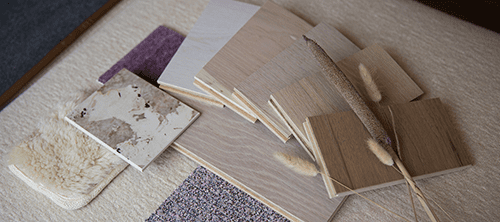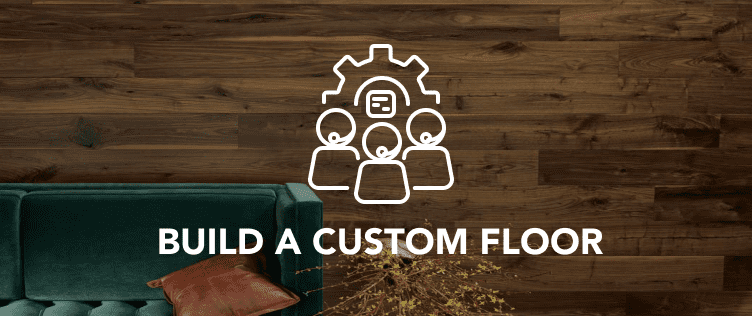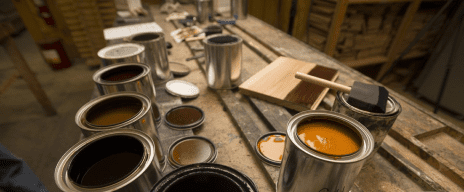The Industrial Forest: Harvesting Wide Plank Flooring
Carpenters often refer to salvaged materials as coming from “the industrial forest.” This somewhat comical slang indicates a growing awareness in the building industry of the importance of recycling classic wood and lumber. The US Forest Service reported:
“The US Environmental Protection Agency (EPA) estimates that the equivalent of 250, 000 single-family homes is disposed of each year in the United States. This represents nearly 1 billion board feet of salvageable structural lumber per year, equivalent to about 3% of the current US softwood harvest. Much of the lumber available for salvage through deconstruction is from decades of old-growth harvest and represents a resource largely unavailable from any other source. As a result, much of the wood is of higher structural and aesthetic quality (higher density, slower grown, fewer defects) than is the lumber produced today.”
Hardwood used in wide plank flooring can be salvaged from a wide range of sources. It has come from turn-of-the-century homes, old hotels, dilapidated mills, and even a 120 year-old, decommissioned 15 story grain elevator containing “the equivalent of an entire forest of antique, old-growth white pine in its walls.” Where once this wood might have been seen as junk and discarded or burned, it is now recognized for what it is: An extremely rare natural commodity.
The wood salvage industry has expanded to harvest this bounty. The 2005 Forest Service study identified approximately 1400 businesses involved in salvaging, restoring, and building with reclaimed wood. It is a number that has steadily climbed.
Demand for reclaimed antique wood has also grown as homeowners have become aware of the look and ambiance it can provide. A National Hardwood Floor Association survey found that 56% of decorators and designers noted an increase in the demand for antique wood flooring over the past two years.
To meet this need, the hardwood flooring industry looks to the industrial forest. It’s there that they can glean materials that are nearly impossible to find anywhere else. The American chestnut tree is nearly extinct, but one can enjoy the warmth it offers a home through salvage and restoration. Old growth pine harvested from a turn-of-the century farmhouse will show a dense wood grain with a tight ring pattern that just doesn’t appear in virgin lumber. The aesthetics offered in reclaimed antique flooring are inimitable.
Barns that were once left to fall and rot are now seen as a valuable resource. Old houses that may have crumbled in disrepair are mined for irreplaceable flooring and fixtures. If one wants to create a period feel to a room or home, the most effective way to do so is with the materials of that period. Thanks to the industrial forest, the floors of the past live on today-and look as beautiful as ever.
(Survey results are available from The National Hardwood Floor Association:
https://www.woodfloors.org/consumer/contact.aspx




